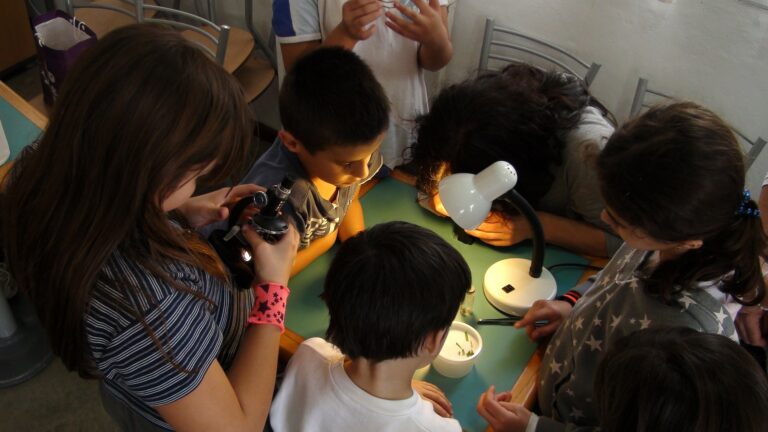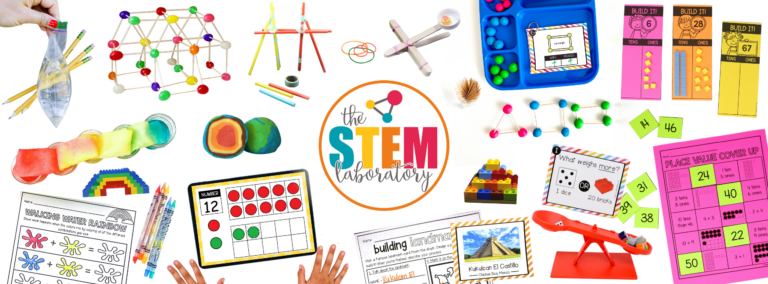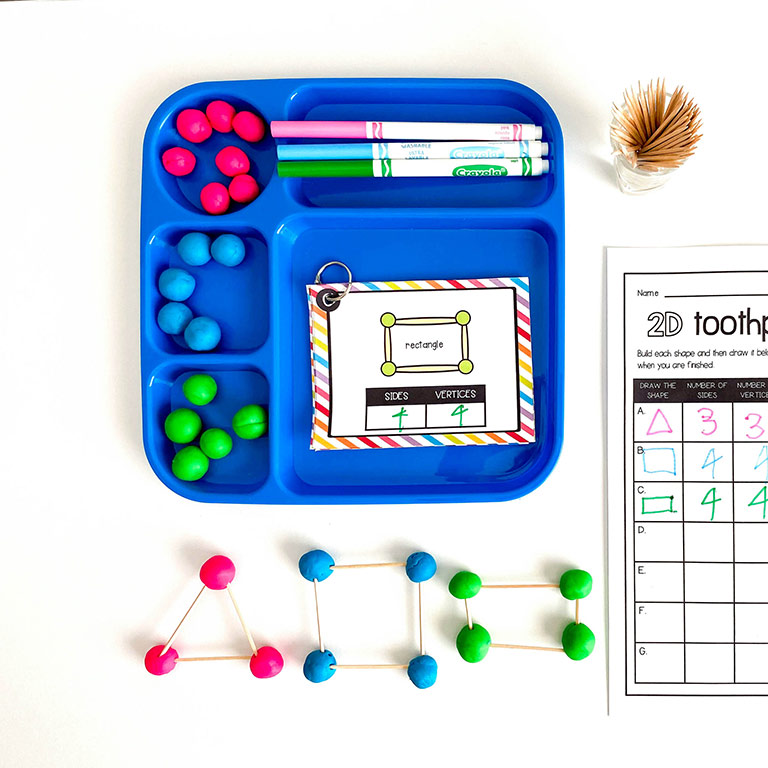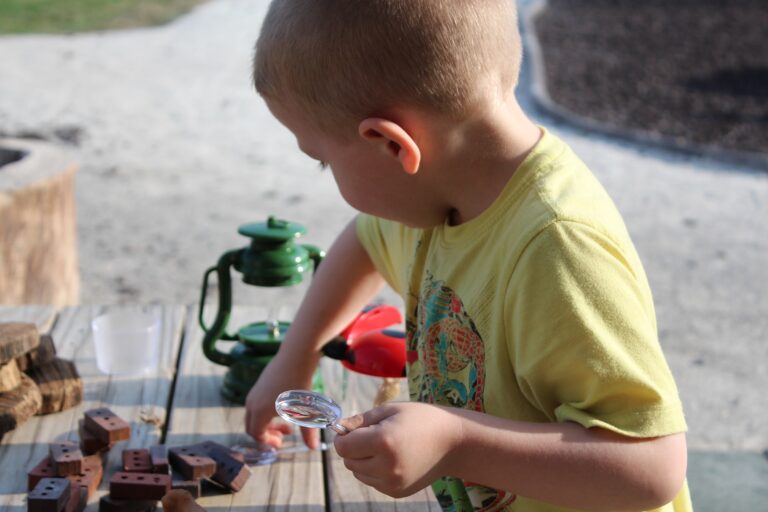Challenges for STEM curriculum may come before the actual lessons
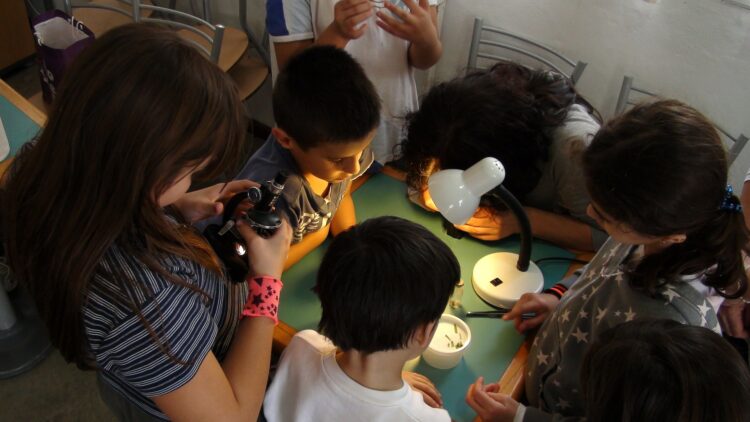
STEM challenges come in many forms. For some schools, the challenge is a lack of budget to provide the curriculum that’s needed to teach STEM concepts. In other cases, teachers may not be trained or have the resources needed to create engaging STEM content.
Whatever the case, there are ways to address it with free or affordable resources that have also been designed and tested by educators.
The challenge is not to get children interested in STEM activities – the challenge is to get the projects and activities in front of them. By their very nature, STEM projects are very engaging for children, who have a natural curiosity about the world around them, which is one of the reasons STEM curriculum is so important.
By combining two of the primary components of STEM like science and math, STEM projects can help introduce concepts to students in ways that help them understand and remember them. Even as adults, we might not remember what is told to us, but if we do it ourselves and use multiple senses, then the lessons are stronger, more memorable, and likely more entertaining – all components of successful teaching.
When we talk about needing to overcome the challenges associated with teaching STEM skills, we’re not just talking about learning math, science, technology and engineering in a new way. We’re also talking about practicing creativity, critical thinking, collaboration and honing inquiry skills.
In addition, students get to practice problem-based learning as well since curriculum focuses on student engagement and participation with teacher facilitation.
Another feature of STEM curriculum that meets the challenge of teaching the whole student is the personalization of learning and the individual support of students through advising, flexibility in teaching and career preparation.
Working in small groups, good STEM projects also engender a sense of community and belonging as they work together to solve problems and report the results. That helps with social and emotional learning, which can be a challenge for many students.
These are skills that are applicable to future educational endeavors and careers in just about every field, which is increasingly containing tech components as computers become more and more commonplace in every industry.
Good ideas for STEM projects can be found in multiple locations for those not familiar with them, including The Stem Laboratory, a website chock full of ideas and downloadable resources.
If you have the time, just scrolling through this website and others can get your mind started on possible STEM activities, or you can download a few to see all the components that make for a complete activity including reporting worksheets.
Some educators believe that one challenge to teaching STEM concepts is the cost of supplies, but activities can be done with easily obtainable supplies like toothpicks, jelly beans, etc.
Students at a young age are particularly curious, and although it may feel challenging, you are providing them the best possible learning experience when STEM concepts are introduced in the early years and they can learn about the world around them, while mastering all the soft skills that STEM projects bring with them.

